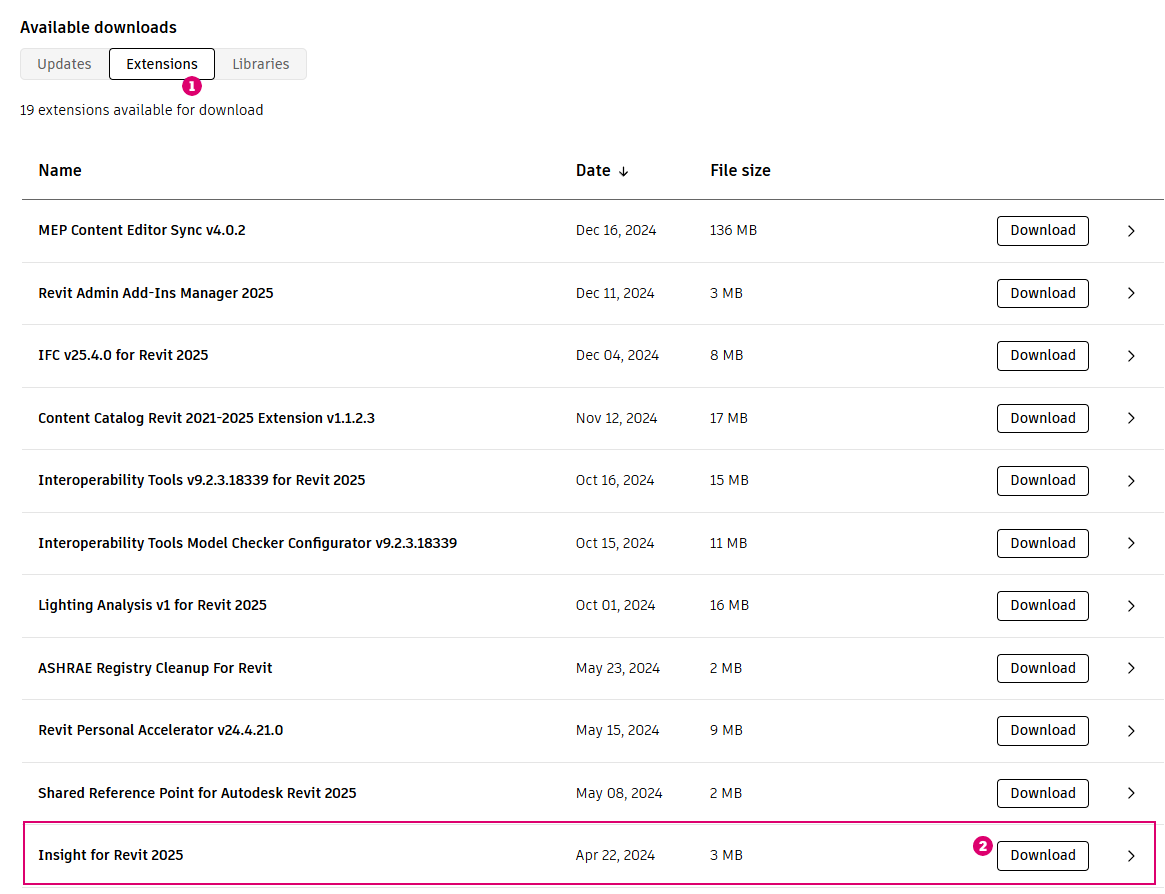About Insight
The built environment is responsible for approximately 40% of the greenhouse gas emissions in the world.
Embodied carbon vs. operational carbon:
Everything that is built has a hidden climate impact due to the processes that occur before construction takes place and during the use of the building, with an extent to the post-use scenarios regarding decommissioning. This comprises Carbon Emissions that occur 'upfront' or are said to be 'embodied' in the materiality and construction of buildings (~ 12%) and the carbon emissions that occur due to the operation of buildings (~ 28%). To simplify, the carbon emissions of a construction can be divided into operational carbon and embodied carbon.
Why should I care about carbon analysis?
With embodied and operational carbon responsible for such a large percentage of global carbon emissions, it's important that architects and engineers take every opportunity to reduce a building's carbon footprint during the design phase. The design phase of a project will have a lasting effect on the project's carbon efficiency, so it's critical to optimize early and often as the project evolves.
What is Insight?
Insight provides a Simple Collaborative Workspace to Explore and Explain Key Design-Performance Decisions using Open and Extensible Data and Analysis. Insight utilizes EnergyPlus, a globally employed open-source simulation engine for energy analyses, developed by the US Department of Energy (DOE) and curated by the National Renewable Energy Laboratory (NREL).
We are actively making updates to the cloud service so if you want to learn more about what's been added please visit What's New in Insight.
How to Get Started
Insight is available to anyone with a Revit subscription starting with 2023. In the latest updates to your Revit version, the Insight extension for Revit will be upgraded to a built-in feature known as 'Carbon Insights'. This enhancement eliminates the need for you to manually install an extension. It is recommended to update to the most recent version of Revit to access the Carbon Insights feature without the need to install the extension. If you are working on previous versions of Revit, use the table below to determine if you need to install the extension to access Carbon Insights.
| Revit Version | Extension Required | Extension not required (installed with Revit) |
|---|---|---|
| 2025.2 | X | |
| 2025.1 | X | |
| 2025 | X | |
| 2024.2 | X | |
| 2024.1 | X | |
| 2024 | X | |
| 2023.1 | X | |
| 2023 | X |
If you have determined you need the extension, access the Insight download from your Autodesk Account.
- Once logged in to your Autodesk Account, click your profile icon in the upper right corner
 . In the menu, select Products and services
. In the menu, select Products and services  .
.

- On the All Products and Services page, use the search bar and search for Revit.
- Select the Revit card from the gallery.
- Select the release year of Revit where you want to install Insight.
- Click Extensions.

- Locate Insight in the list and click Download.


- Open the downloaded file and follow the on-screen instructions.
- Once installed, you will find the Carbon Insight panel on the Analyze tab of the ribbon in Revit. See Carbon Insight Workflow for information on using Carbon Insight with your models.
